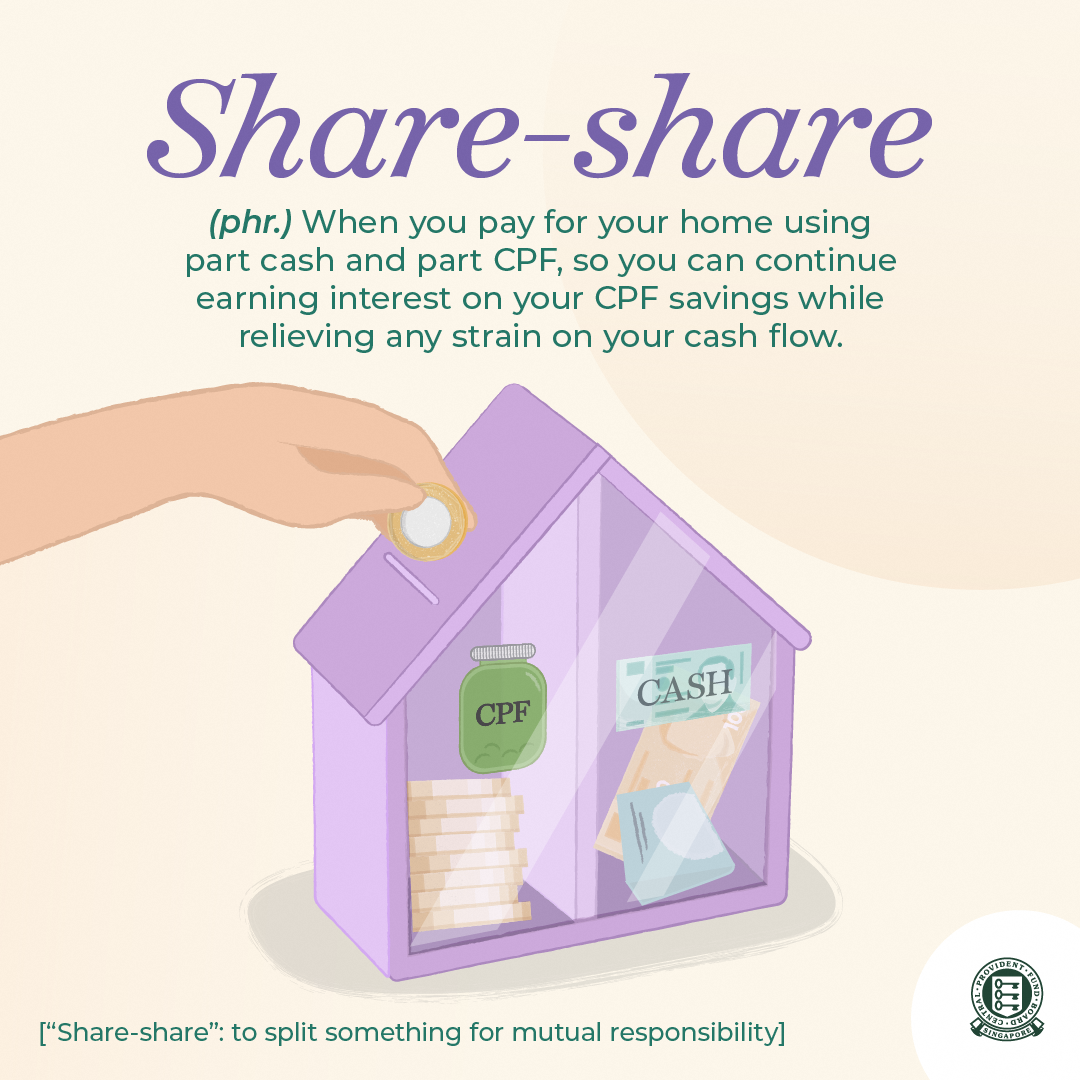21 Aug 2024
SOURCE: CPF Board

As you embark on the exciting journey of purchasing your first HDB flat, it's crucial to carefully consider your financing options. Should you choose an HDB housing loan or a bank housing loan? To help you make an informed decision, here's a breakdown of the key differences between these two options:

1. Comparing downpayment requirements and more
HDB housing loan:
Downpayment: At least 25% of the purchase price, which can be paid in full using your CPF Ordinary Account (OA), with cash, or a combination of both.
Maximum loan amount: Up to 75% of the purchase price for new flats. For resale flats, it is 75% of the resale price or market valuation (whichever is lower).
Use of OA savings: You must use the available savings in your OA for the purchase of the flat before an HDB housing loan is granted for the remaining amount. However, you have the flexibility of leaving up to $20,000 in your OA for future needs. These savings continue to earn attractive interest rates and serve as an emergency fund to cover monthly instalments in times of need.
Bank housing loan:
Downpayment: 25% of the purchase price, with 5% payable in cash and the remaining 20% payable in cash or your CPF OA savings.
Maximum loan amount: Up to 75% of bank valuation or purchase price (whichever is lower).
Use of OA savings: You can set aside any amount of CPF and pay your bank housing loan with cash instead.
2. What to know about interest rates
An HDB housing loan offers a concessionary interest rate, currently fixed at 2.6% per annum, which is lower than the prevailing market rates for bank housing loans. This fixed rate provides stability and predictability for your monthly repayments, protecting you from fluctuations in interest rates.
In contrast, bank housing loans offer floating interest rates pegged to a benchmark such as the Singapore Overnight Rate Average (SORA) or Singapore Interbank Offered Rate (SIBOR, until December 2024), or fixed interest rates for a pre-determined time period, usually one to three years, before reverting to floating. These rates are subject to market fluctuations, which means higher monthly repayments in the current high inflation environment.
If you prefer predictability and stability, an HDB housing loan with its fixed interest rate might be more suited for you. However, if you have a higher-risk appetite and are willing to bet on the possibility of lower interest rates in the future, a bank housing loan can be the option.
3. Lock-in period - stability or flexibility?
For an HDB housing loan, there is no lock-in period, so there will be no penalty if you wish to pay off your loan early. This also means that you have the option to refinance your loan with a bank anytime.
Most banks on the other hand have a lock-in period, typically one to three years. If you would like to refinance your housing loan with another bank within the lock-in period, you will incur a penalty* that is usually around 1.5% of the remaining loan amount.
*subject to the terms of your bank loan
Other factors
Loan tenure
The maximum tenure for an HDB housing loan is 25 years, whereas a bank housing loan can be up to 30 years for HDB flats and Executive Condominiums.
Eligibility
Feature |
HDB housing loan |
Bank housing loan |
Citizen ship |
At least one applicant is a Singapore Citizen |
Singapore Citizen or Permanent Resident (PR), or foreign citizen with valid work pass |
Age |
At least 21 years old at the time of application |
|
Income |
Gross monthly income not exceeding:
|
No income cap |
Property type |
New and resale flats |
New flats, resale flats, HDB ECs, private properties |
In deciding between an HDB housing loan and a bank housing loan, it is essential to carefully consider your financial situation, risk tolerance, and long-term plans. An HDB housing loan provides stability and lower interest rates, while a bank housing loan offers flexibility and the potential for lower interest rates in the future. Ultimately, the best choice depends on your individual situation and financial priorities.
The type of loan you choose, along with other factors such as the type of property and its remaining lease, will determine the amount of CPF savings you can use for your housing purchase.
Find out how much CPF savings you can use for your home purchase with CPF Housing Usage Calculator.

When planning your finances to buy a home, it’s important to remember you will have to strike a balance between your current financial needs and long-term goals. While your CPF (OA) can be utilised for your housing purchase, it is primarily meant for your retirement.
If you have no immediate plans to use the funds in your OA, consider paying for your home partially with cash and set aside $20,000 in your OA as a safety net. This way, you can continue earning risk-free interest of up to 3.5% per annum* to build up your retirement fund!
*Includes extra interest. Terms and conditions apply. Find out more.
The information provided in this article is accurate as of the date of publication.


